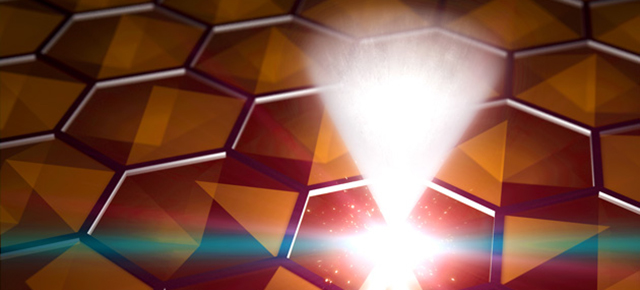There’s no denying that graphene is a wonderful material — strong, flexible and highly conductive — but it’s taking a long time to become a commercial reality. Now, scientists working with a material called cadmium arsenide believe it offers many of the same benefits — but could actually be far easier to use in the real world.
Researchers from Oxford, Stanford and Berkeley have developed the new material which they claim “has the same extraordinary electronic properties as 2D graphene, but in a sturdy 3D form” That might not sound like a big deal, but its the planar, 2D nature of graphene which makes it hard to manufacture in bulk and craft into components.
Instead, cadmium arsenide has a 3D crystal structure, and tests show that electrons within it act like they do in graphene — as if they have no mass at all. That’s what gives graphene its stunning electrical properties.
A number of samples of cadmium arsenide have been made and tested at the Diamond Light Source in the United Kingdom and at Berkeley Lab’s Advanced Light Source, all suggesting that cadmium arsenide behaves like a 3D version of graphene. The results are published in Nature Materials.
The huge benefit is that cadmium arsenide is easier to grow and work with because of its 3D nature. Graphene might have stolen an early lead, but it’s going to have to work to keep a hold of it. [SLAC via Engadget]
